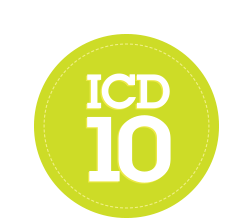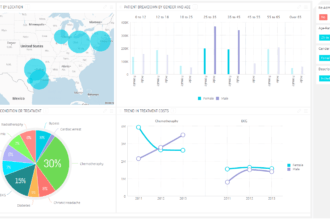I reviewed Jim Haudan’s The Art of Engagement: Bridging the Gap Between People and Possibilities because it was full of timely insights. Did you know that:
I reviewed Jim Haudan’s The Art of Engagement: Bridging the Gap Between People and Possibilities because it was full of timely insights. Did you know that:
- 70% of change initiatives fail due to people issues
- 71% of employees are not engaged
- 53% of executives do not believe their company’s strategy will lead to success
 According to Gallup, about ¾ of US workers do not consider themselves actively engaged in their work, at an estimated annual cost of nearly $300 billion in lost productivity. The premise of this book is that executives spend too much time perfecting strategy and not enough time executing it, resulting in a (disengagement) gap between people and possibilities; they need to execute strategy through their people rather than despite them and learn that success depends not on the vision and strategy of the brightest few but on the learning, understanding, and execution speed of the slowest many. The role of leaders is not to dumb down strategy but to make it so elegant and simple that front-line workers can grasp and apply it immediately. Engagement requires authenticity, truth-telling, and having the courage to accept reality at face value.
According to Gallup, about ¾ of US workers do not consider themselves actively engaged in their work, at an estimated annual cost of nearly $300 billion in lost productivity. The premise of this book is that executives spend too much time perfecting strategy and not enough time executing it, resulting in a (disengagement) gap between people and possibilities; they need to execute strategy through their people rather than despite them and learn that success depends not on the vision and strategy of the brightest few but on the learning, understanding, and execution speed of the slowest many. The role of leaders is not to dumb down strategy but to make it so elegant and simple that front-line workers can grasp and apply it immediately. Engagement requires authenticity, truth-telling, and having the courage to accept reality at face value.
Engagement can be effortless, natural, and magnetic because people want to:
- Be part of something bigger than themselves, realizing the role that teamwork plays
- Feel a sense of belonging, which gives them meaning and validation that what they do is important
- Go on a meaningful journey, feeling a sense of excitement and discovery, a shared direction, in which they all take part
- Know that their contributions make a difference, that there is a direct connection between their daily work and the benefits they provide for the people they serve
Enlightened leaders help workers see the big picture, providing the cover of the puzzle box rather than revealing one piece at a time. The reality of every business is a canyon separating leaders, managers, and front-line workers. Human beings think visually. Pictures and drawings offer a route to their hearts, not just their minds. Visualization:
- allows people to think in systems
- gives people a common language that facilitates conversation and sharing ideas
- simplifies messaging (we can’t draw fuzz)
- reduces detail while adding depth, freeing the statue that is already in the marble
- allows people to clarify whether what they said was perceived by others as what they meant
- facilitates making non-linear connections
- captures complexity and drama; sometimes, people need to see complexity to grasp simplicity
- promotes recall
- connects people, so that they can see where they fit into picture
- counteracts inhibitors to engagement and connects workers to passion and emotion of the business
- helps people abandon their own pictures to embrace co-created pictures
The Art of Engagement: Discovery
Insights come from discovering relationships that connect pieces into a coherent whole and cause people to think differently about the puzzle; real engagement occurs when responsibility for solving challenges shifts from leaders to implementers. The five steps of discovery embody:
- curiosity: awakening interest in common questions at all levels of the business
- data and stories: displaying trend lines of varying urgency
- systems analysis: unlearning, making new connections, laying groundwork for new conclusions, and speculating on competitor responses
- new pictures: causing people to alter their beliefs and be open to different ways of looking at the world and behaving
- practice: people identifying new actions that can create even better results
Clarity inspires engagement, leading to empowerment. Discovery and dialogue are the true oxygen of engagement. The ten questions the author asks of every leader are:
- Are the people in your organization ready, willing, and able to execute your strategies
- Do leaders share a consistent view and interpretation of your organization’s strategic direction
- Are leaders putting the good of the company ahead of their own area’s priorities
- Do the observable behaviors of the leadership team support the strategic direction or the organization
- Are managers communicating company strategies in a clear, consistent, and compelling fashion
- Are managers reviewing progress with their teams relative to team and company goals
- Are managers aligning the efforts of the people on their teams to company strategy
- Do front-line workers understand the marketplace and organizational strategies
- Can front-line workers relate their individual contributions to overall company goals
- Are the skill-building opportunities critical for strategy execution available to front-line workers in their daily work
Canyons exist because people see differently and speak different languages. To bridge them requires:
- Creating a line of sight from the marketplace to the company, so that people understand the strategy
- Connecting people’s goals to team’s and company’s goals
- Developing capabilities at all levels to execute the company’s strategy
As always, I welcome your input to improve healthcare collaboration where you work. Please send me your comments and suggestions for improvement.
(bridging the gap / shutterstock)








